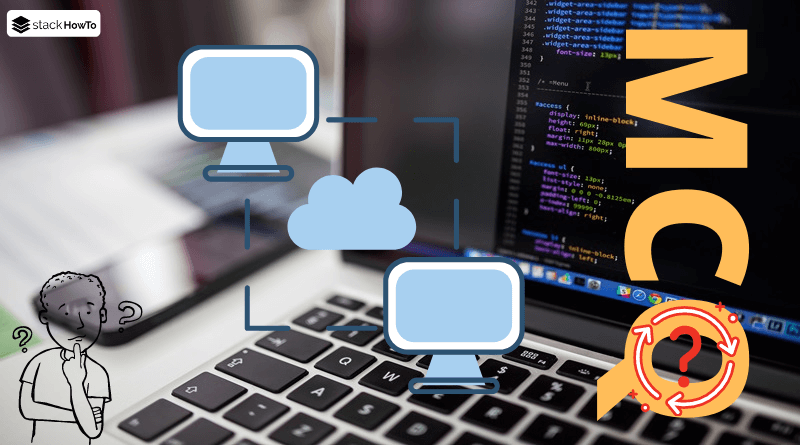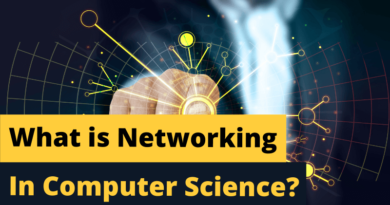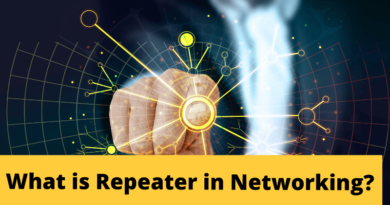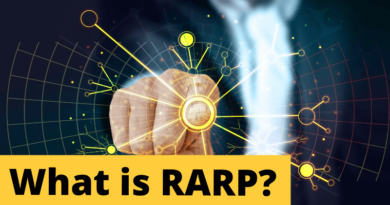Virus Hoax
In this tutorial, we are going to see What is a virus Hoax. A hoax is an e-mail that spreads false information and causes the recipient to spread the false news to all his or her relatives or colleagues.
Thus, more and more people are sending information received by e-mail without verifying the accuracy of the information contained in it. The purpose of hoaxes is simple: to provoke the satisfaction of its creator to have fooled a great number of people
The consequences of these hoaxes are multiple:
- The clogging of networks by causing a mass of superfluous data to circulate in the network infrastructures;
- Disinformation, which means making many people accept false concepts or spread false rumors (known as urban legends);
- The clogging of mailboxes that are already full;
- The waste of time, both for those who read the information, and for those who relay it;
- The degradation of the image of a person or a company;
- Disbelief: by receiving false alerts, network users may no longer believe the real ones.





